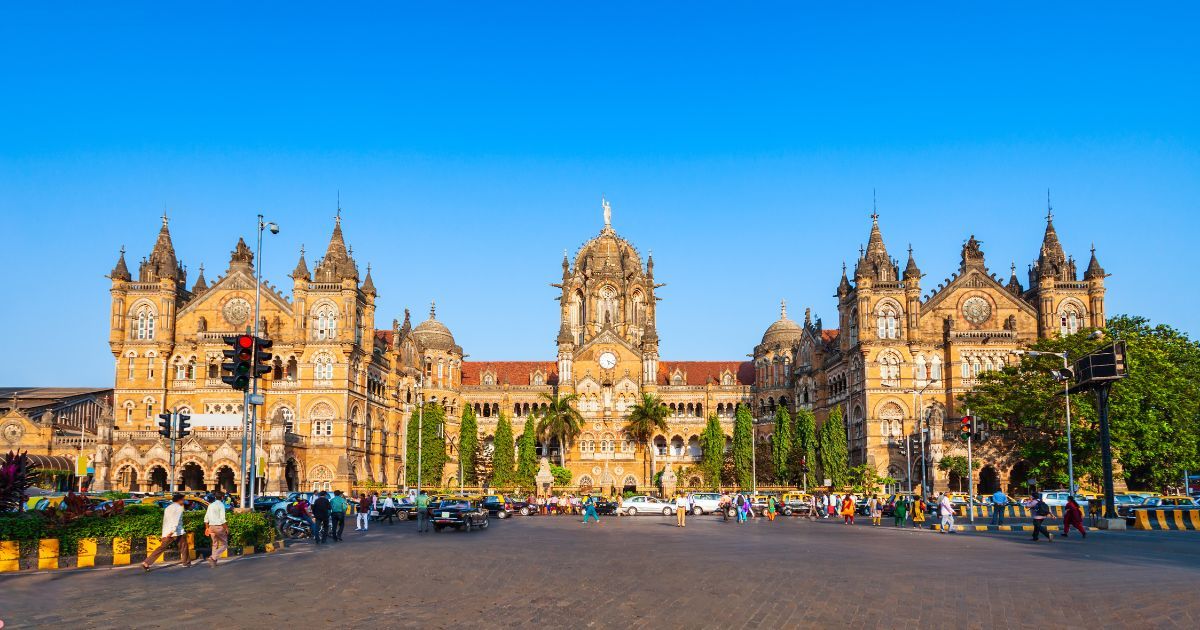 Due to rapid formation of cyclones in the Bay of Bengal, 2013 is proving to be very eventful weather wise for South India. Crops worth crores have been destroyed already and locals are living life on the edge. Storms and cyclones are not uncommon to the people ofAndhra Pradesh, Tamil Nadu and Odisha (most affected places bycyclones in Indiain the winter months) but the frequent occurrence of cyclones this year has jeopardized the life of thousands of people and the economic situation in the states.
Due to rapid formation of cyclones in the Bay of Bengal, 2013 is proving to be very eventful weather wise for South India. Crops worth crores have been destroyed already and locals are living life on the edge. Storms and cyclones are not uncommon to the people ofAndhra Pradesh, Tamil Nadu and Odisha (most affected places bycyclones in Indiain the winter months) but the frequent occurrence of cyclones this year has jeopardized the life of thousands of people and the economic situation in the states.
Below is a list of systems and cyclones that have formed in the North Indian Ocean so far:
| Name of system | No. of system |
| Depression | 9 |
| Deep Depression | 5 |
| Cyclonic Storm | 4 |
| Severe Cyclonic Storm | 3 |
| Very Severe Cyclone | 2 |
First system formed– CycloneMahasen, May 10, 2013. A weak cyclonic storm, Cyclone Mahasen was the first storm of the season to form in the Bay of Bengal. In the initial days of its formation, Andhra Pradesh and Tamil Nadu were expected to be hit by the cyclone but it skirted off the east coast of peninsular India and re-curved to head towards Bangladesh instead. Besides causing immense damage in Myanmar, Sri Lanka and Indonesia, Cyclone Mahasen caused major damage to crops, worth 1800 acres in India. Cyclone Mahasen attained a maximum wind speed of 85 kmph and brought torrential rain with it.
Strongest systemso far– The trail of destruction left by ‘Very Severe CyclonePhailin’, the strongest storm to hit Odisha in 14 years is incomparable to any other cyclone in the recent past.Cyclone Phailin, caused substantial damage in Andhra Pradesh and Odisha. Crops worth 2,500 crore were destroyed and more than 4 lakh people were evacuated from the coastal areas. Phailin packed winds of 220 kmph, uprooting trees and claiming 45 lives. Coastal stations of Odisha recorded more than 600 mm of rainfall in a span of few days. Accurate weather predictions and timely evacuation helped many escape the wrath of this severe cyclone. Phailin had travelled from South China Sea into the Bay of Bengal and made a landfall near Gopalpur in Odisha on October 12, 2013.
Last system– Recently formed Cyclone Lehar was the second most intense tropical cyclone of the 2013 season after Cyclone Phailin. However, it weakened rapidly over the seas before hitting the Andhra coast as a ‘very severe cyclonic storm’. Cyclone Lehar primarily affected the Andaman and Nicobar islands, where heavy rain caused flooding and landslides. More than 2000 people were evacuated from these areas. Andhra Pradesh too was on high alert and about 45,000 people were evacuated as Lehar was nearing the shores. But the weakening of the cyclone into a depression before making landfall minimised the damage that was being expected in the state. Coastal station of Machilipatnam in south Andhra Pradesh, where Lehar made landfall, witnessed rain of only about 90 mm.
Meanwhile, forecasts at Skymet show that the list of cyclones this year may get longer as the cyclone season (Oct-Dec) may see formation of more such systems.
Currently, a cyclonic circulation in the Bay of Bengal has intensified into a low pressure system which will give good amounts of rain in Tamil Nadu. Another system seems to be brewing in southeast Bay of Bengal which is likely to intensify into a depression by December 6.
Photo by funonthenet.




